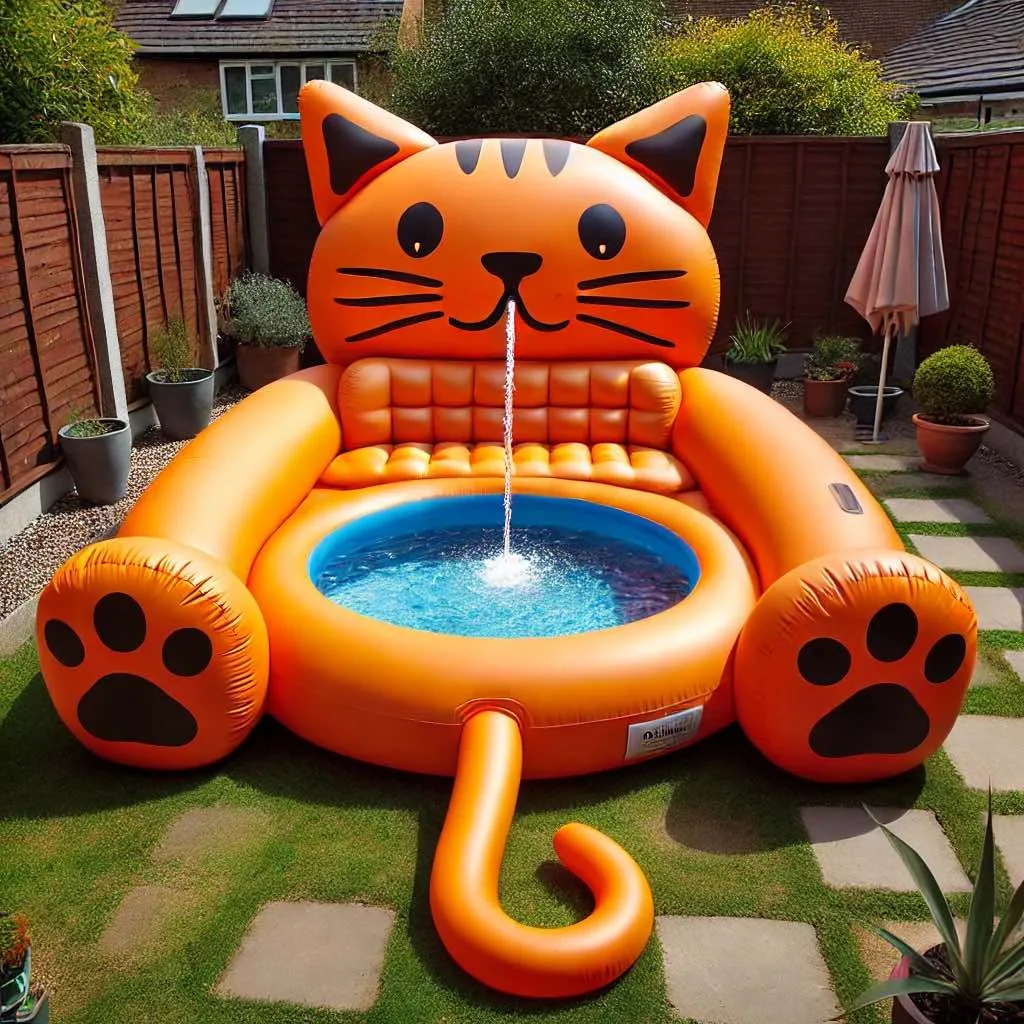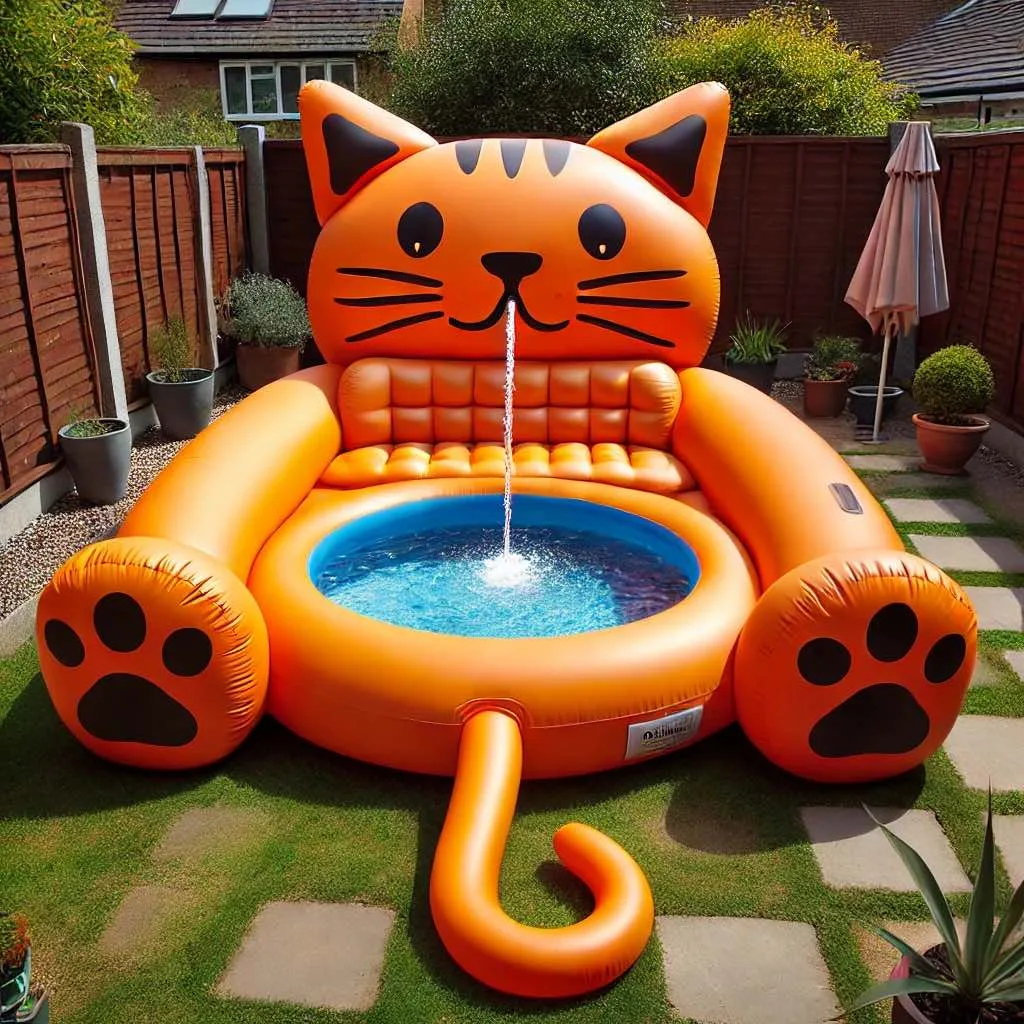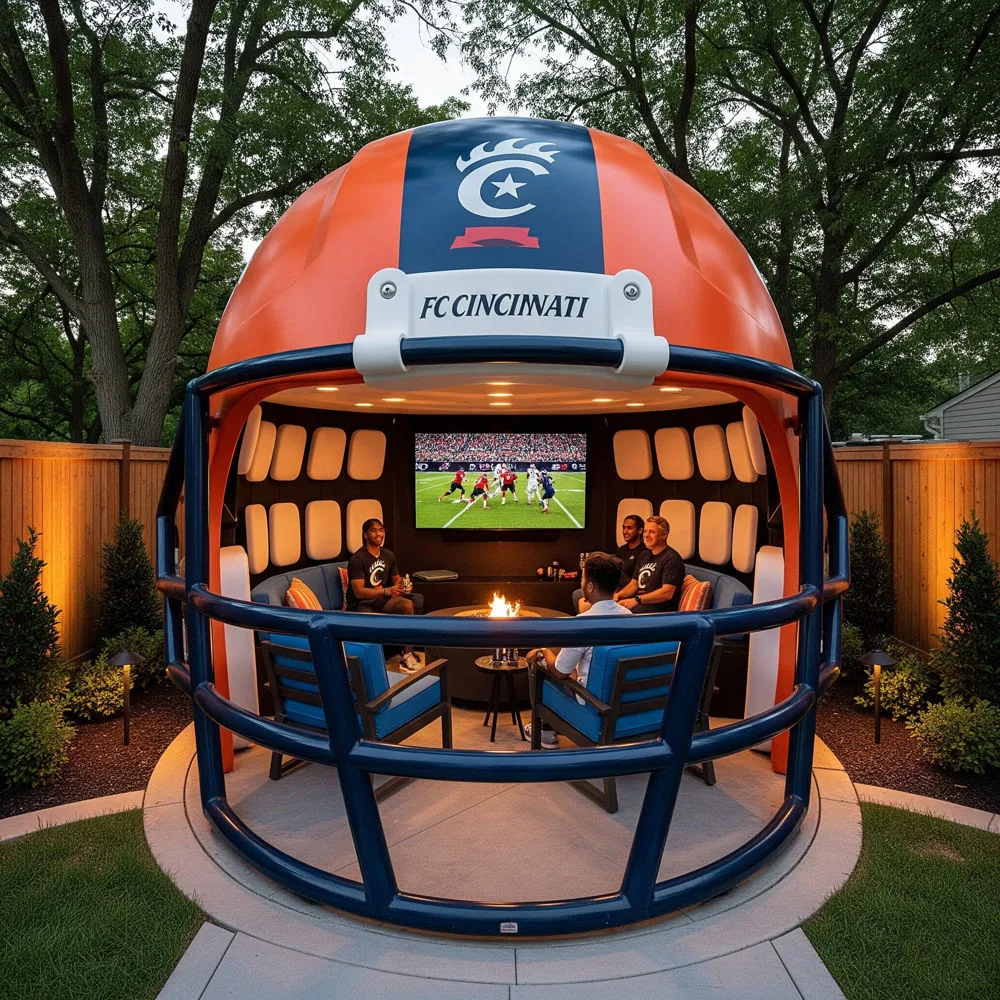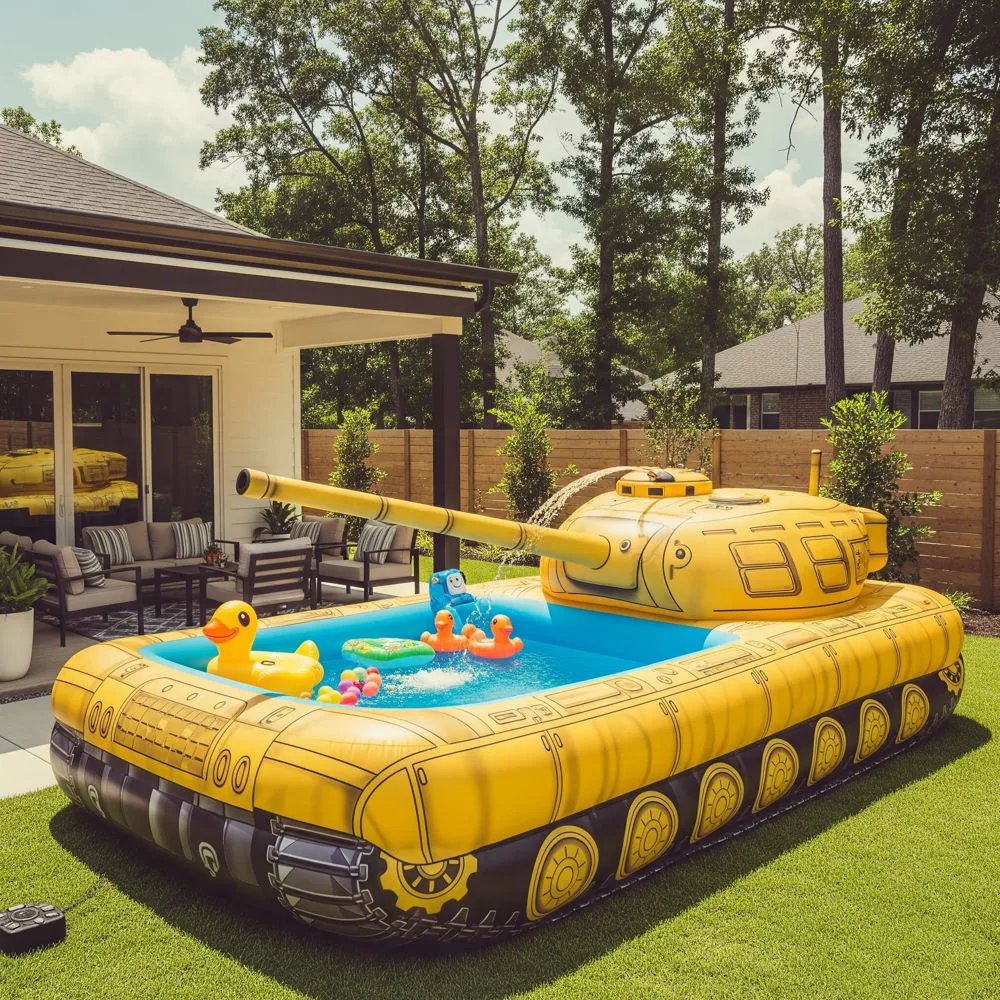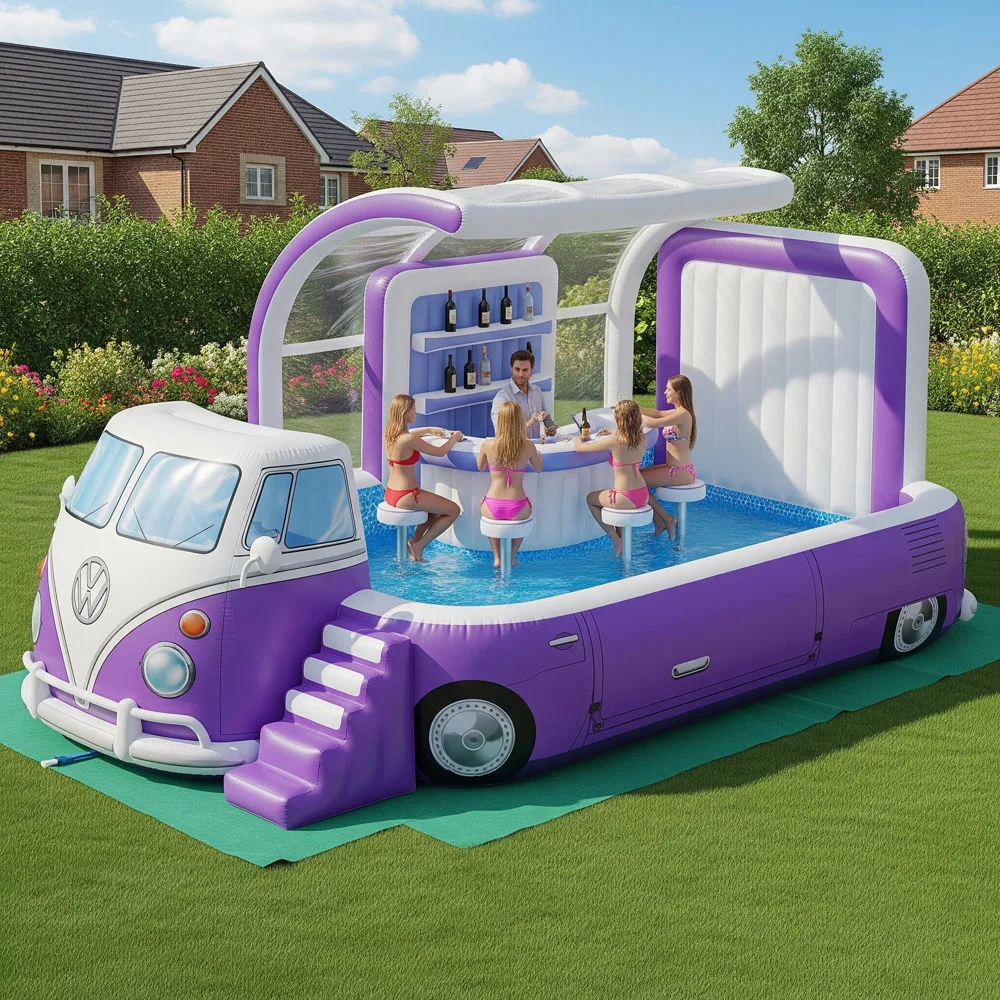The Fascination with Cat Pools
When we think of cats and water, the common belief is that cats hate water. While this might be true for many felines, some cats are actually intrigued by water, and many breeds are even known to enjoy swimming. As cat owners seek new and creative ways to keep their pets cool, entertained, and active, the concept of cat pools has gained popularity.
A cat pool is a specially designed water feature that allows cats to explore water safely, whether for cooling off in hot weather, engaging in light play, or even learning to swim. These pools come in various shapes and sizes, catering to different cat breeds, personalities, and environments.
In this comprehensive guide, we will explore:
- The benefits of cat pools for feline health and well-being
- Different types of cat pools available on the market
- How to choose the perfect cat pool for your furry friend
- Tips for introducing your cat to water and making pool time fun
- Safety measures to ensure a positive experience
Whether you are looking to provide a refreshing escape for your cat in the summer or create a stimulating environment that satisfies their curiosity, this guide will help you navigate the world of cat pools and find the best solution for your feline companion.
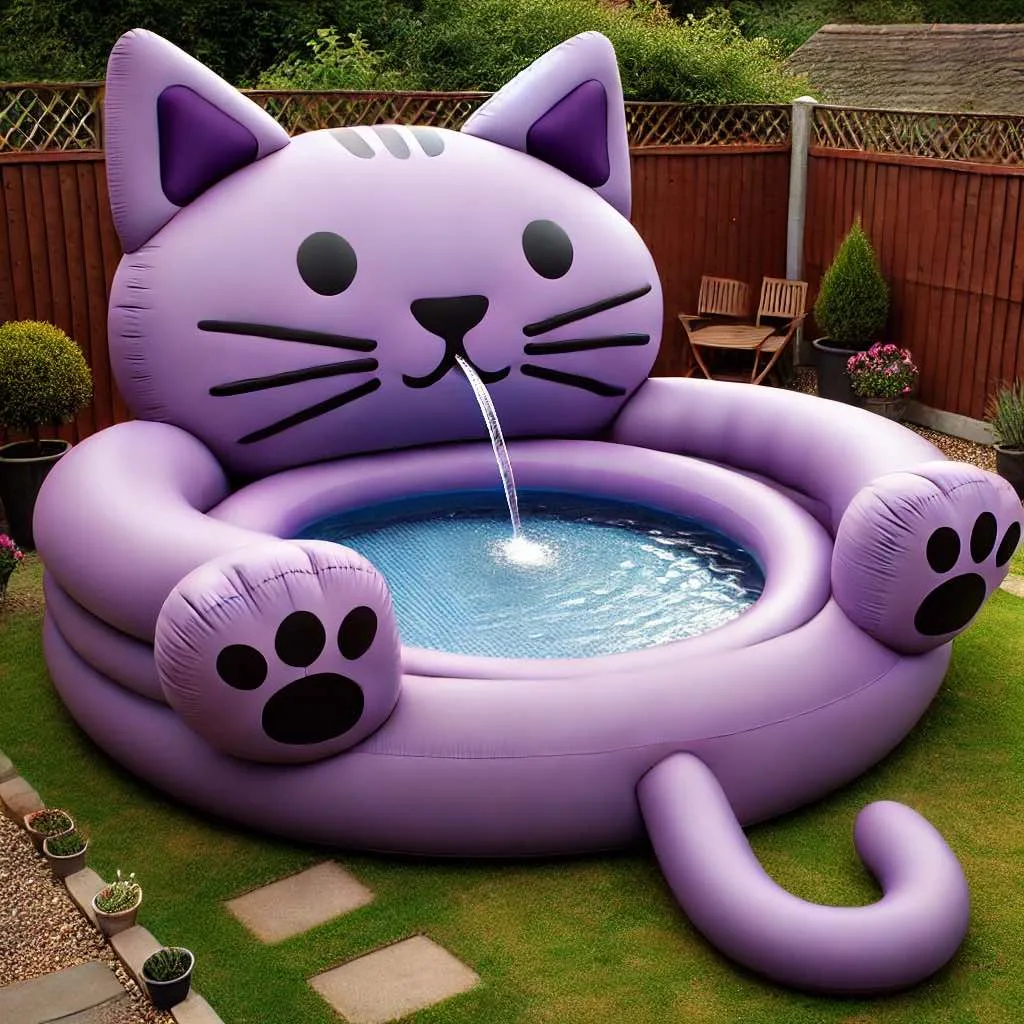
Everything You Need to Know About Cat Pools
1. Why Consider a Cat Pool? The Benefits of Water Play for Cats
While not all cats enjoy swimming, many cats are fascinated by water, and having access to a safe and shallow pool can provide several benefits:
A. Cooling Off in Hot Weather
Cats are prone to overheating, especially long-haired breeds or those living in warmer climates. A cat pool provides an easy and enjoyable way for felines to cool down. Some cats will simply dip their paws in the water, while others might wade in and splash around.
B. Mental Stimulation and Play
Cats are naturally curious creatures. A cat pool, especially one with floating toys or moving water, can be a source of endless entertainment. It engages their hunting instincts as they try to catch floating objects, stimulating their minds and bodies.
C. Encouraging Physical Exercise
Water provides low-impact exercise, which is beneficial for overweight, senior, or arthritic cats. While most cats may not swim like dogs, some breeds—such as Maine Coons, Bengals, and Turkish Vans—are more inclined to enjoy paddling and wading in water.
D. Reducing Fear of Water
Many cats develop a fear of water due to negative experiences, such as being forcefully bathed. Introducing a shallow cat pool can help them become more comfortable around water in a controlled and positive way.
2. Different Types of Cat Pools
Not all cat pools are the same. Depending on your cat’s personality and your available space, you may choose from a variety of designs. Here are the most popular types of cat pools:
A. Shallow Splash Pools
- Made of durable plastic or PVC
- Designed with low walls for easy entry and exit
- Ideal for paws-only play and light splashing
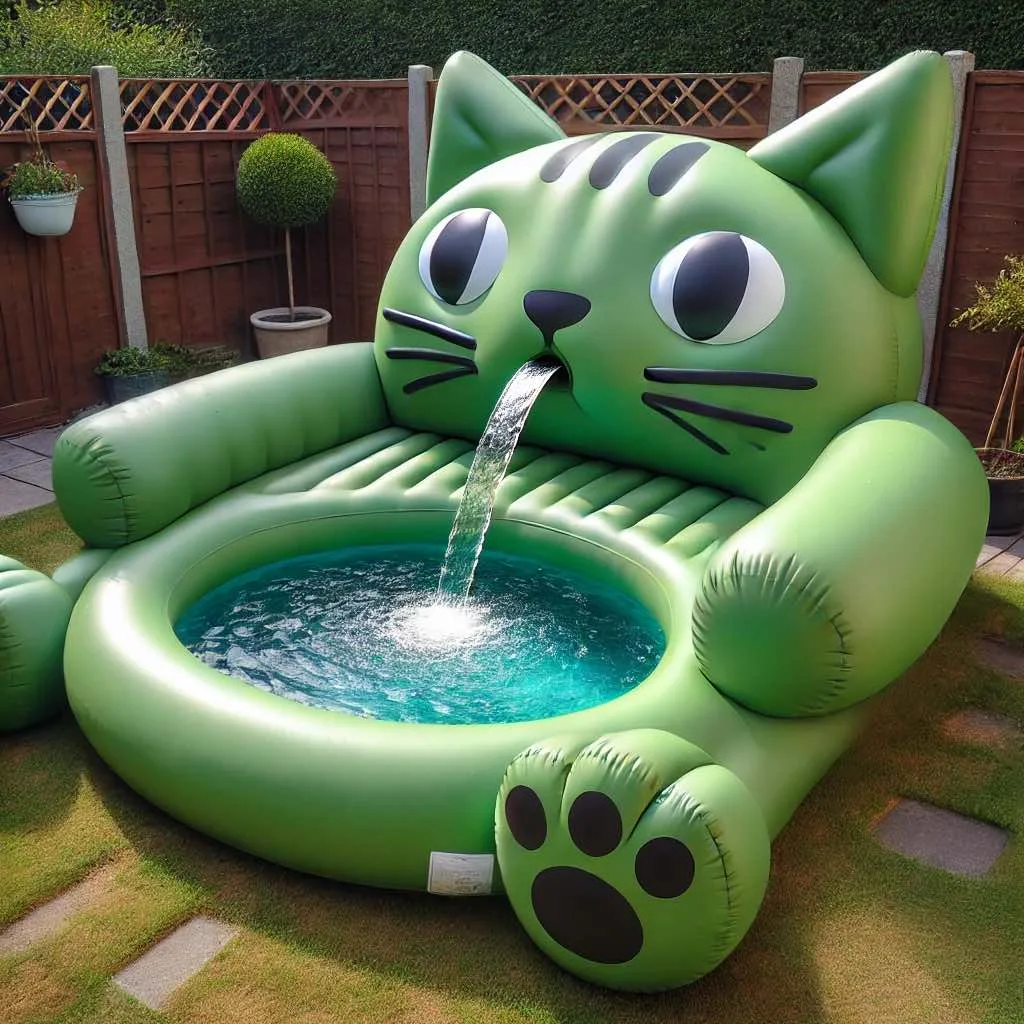
B. Inflatable Cat Pools
- Soft and portable, easy to set up and store
- Some include built-in shade or cooling pads
- Best for outdoor use on hot days
C. Cat Water Fountains and Mini Ponds
- Constantly circulating water to entice cats to play
- Mimics natural running water, which some cats find appealing
- Works well for indoor and outdoor cats
D. DIY Cat Pools
- Repurpose large, shallow containers like baby bathtubs or trays
- Can be customized with toys, pebbles, and floating objects
- A cost-effective solution for experimenting with water play
Each type has advantages, depending on your cat’s personality and comfort level with water.
3. How to Choose the Perfect Cat Pool
Selecting the right cat pool involves considering several key factors to ensure safety, comfort, and enjoyment:
A. Size and Depth
- The pool should be wide enough for the cat to explore but shallow enough to prevent fear or distress.
- Most cats prefer 1-3 inches of water rather than deep pools.
B. Material and Durability
- Look for scratch-resistant, non-toxic, and BPA-free materials.
- Soft-edged pools prevent injuries from slips or rough surfaces.
C. Indoor vs. Outdoor Use
- For indoor pools, opt for small water trays or fountains.
- For outdoor pools, choose weather-resistant and UV-protected materials.
D. Safety Features
- Non-slip bases help prevent slipping and sliding.
- Low entry points make it easy for cats to step in and out.
By considering these factors, you can select the best pool that suits your cat’s needs.
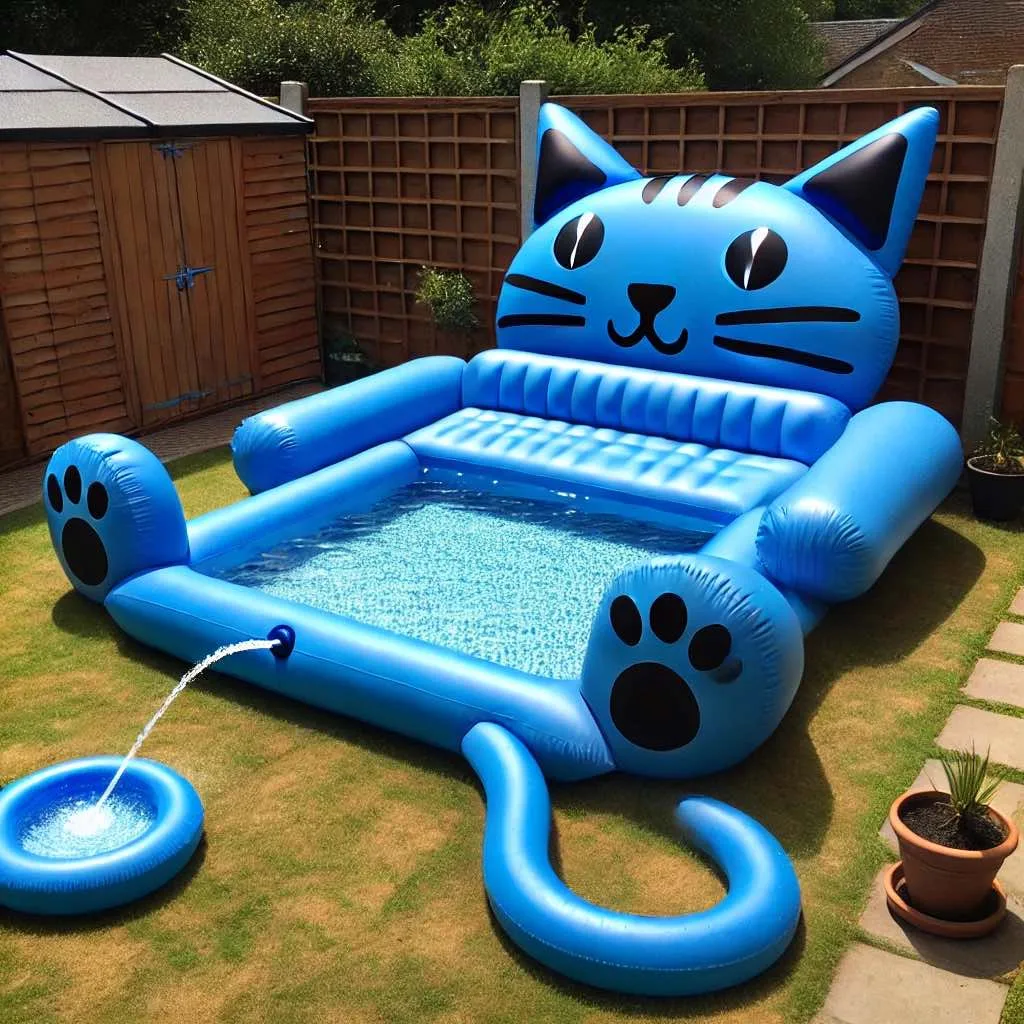
4. Introducing Your Cat to a Pool: Step-by-Step Guide
If your cat has never been exposed to water play, introducing a cat pool should be a gentle and gradual process. Follow these steps to ensure a positive experience:
Step 1: Start Small
- Use a shallow water dish or tray before upgrading to a larger pool.
- Let your cat observe and investigate without pressure.
Step 2: Use Encouragement and Toys
- Add floating toys, treats, or catnip-infused objects to make water fun.
- Some cats enjoy watching water ripple before interacting with it.
Step 3: Avoid Forcing Your Cat
- Never place your cat in water forcefully, as this can cause fear.
- Instead, let them explore at their own pace.
Step 4: Positive Reinforcement
- Reward your cat with praise and treats when they show curiosity.
- If they dip their paws, encourage them with gentle interaction.
Patience is key—some cats adapt quickly, while others take time to build confidence.
5. Safety Tips for Using Cat Pools
While cat pools can be enjoyable, safety should always come first:
A. Supervise Pool Time
- Never leave your cat unattended in or near a pool.
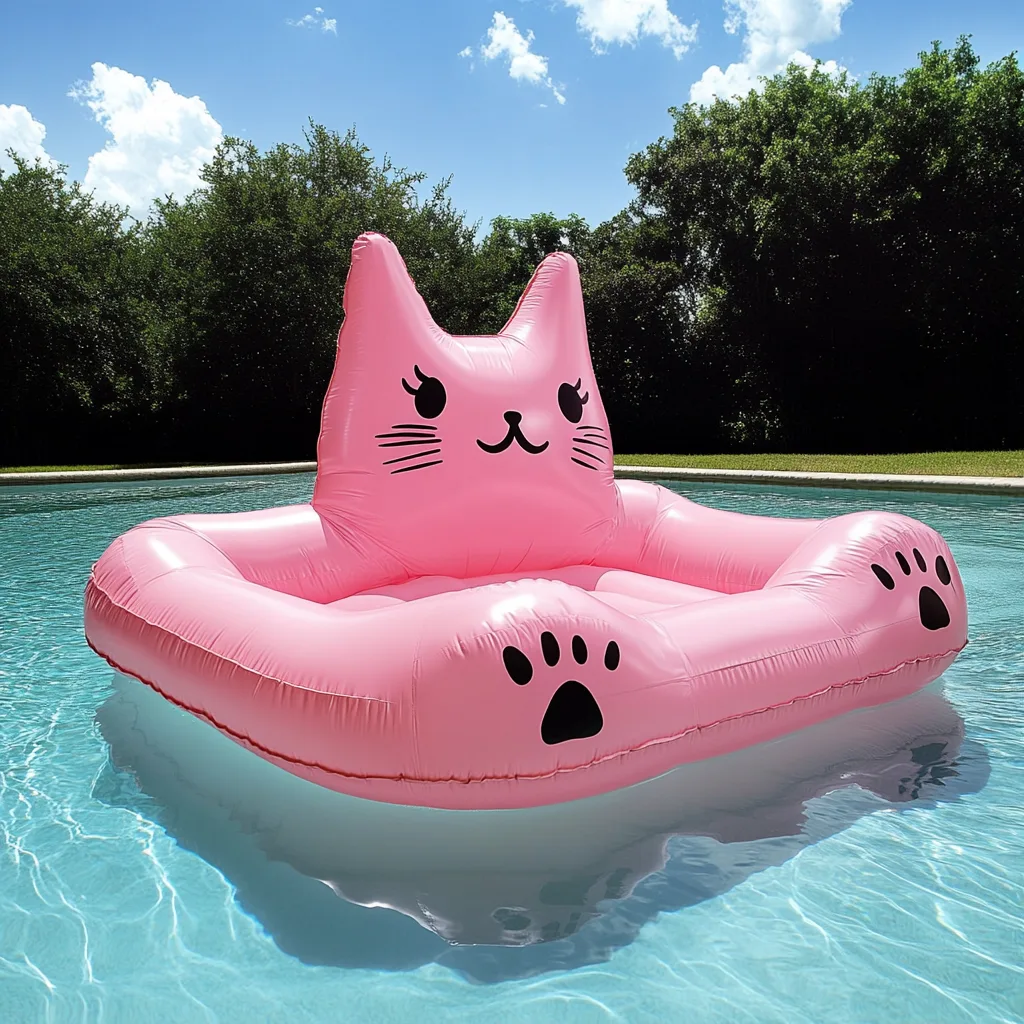
B. Keep Water Clean
- Change the water regularly to prevent bacteria buildup.
- Avoid using chlorinated or chemically treated water.
C. Offer an Escape Route
- Always ensure the pool has a gentle slope or steps for easy exit.
By implementing these safety measures, you can ensure a safe and enjoyable pool experience for your cat.
Should You Get a Cat Pool?
The idea of cat pools might seem unusual, but for many feline companions, they provide an enriching and cooling experience. While not all cats enjoy water, those that do can benefit greatly from safe and stimulating water play.
If you have a curious or adventurous cat, investing in a cat pool could add an element of fun, relaxation, and exercise to their routine. Whether you choose a simple splash tray, an inflatable pool, or a running water fountain, the key is to ensure that the experience is safe, enjoyable, and tailored to your cat’s comfort level.
So, if you’ve ever wondered whether your cat might enjoy dipping their paws into a refreshing pool, why not give it a try? You might just discover that your feline friend has a hidden love for water after all! 🐱💦
